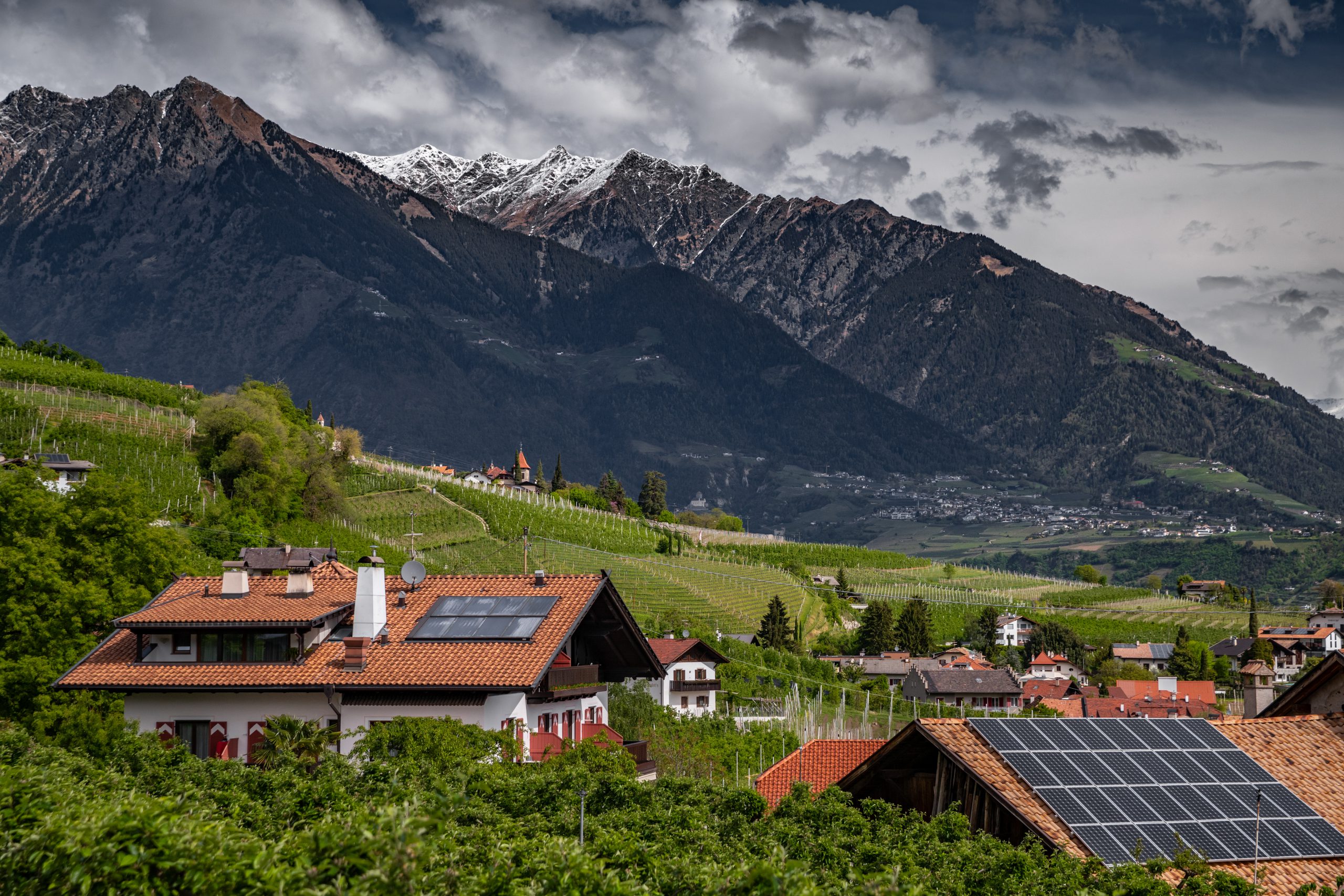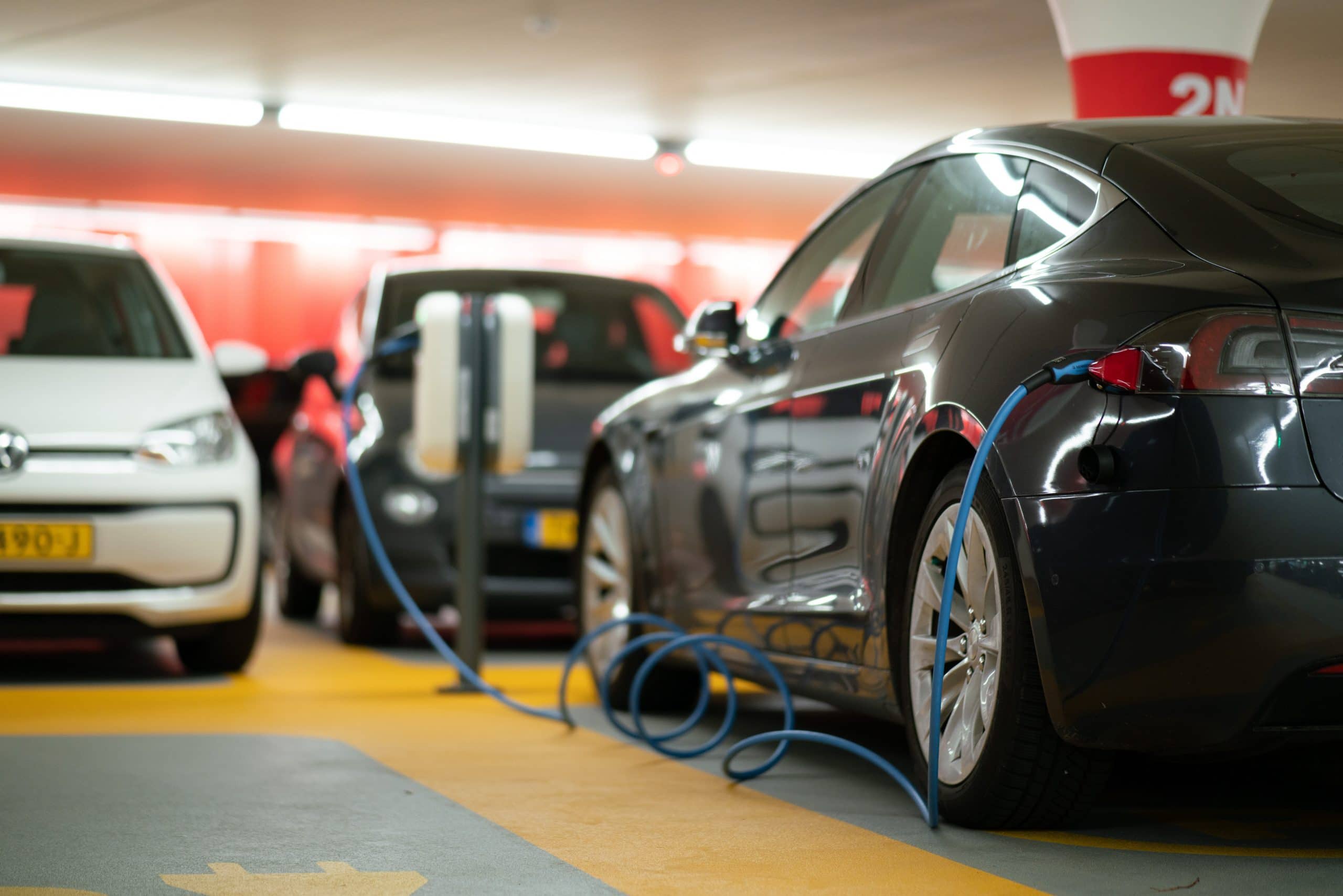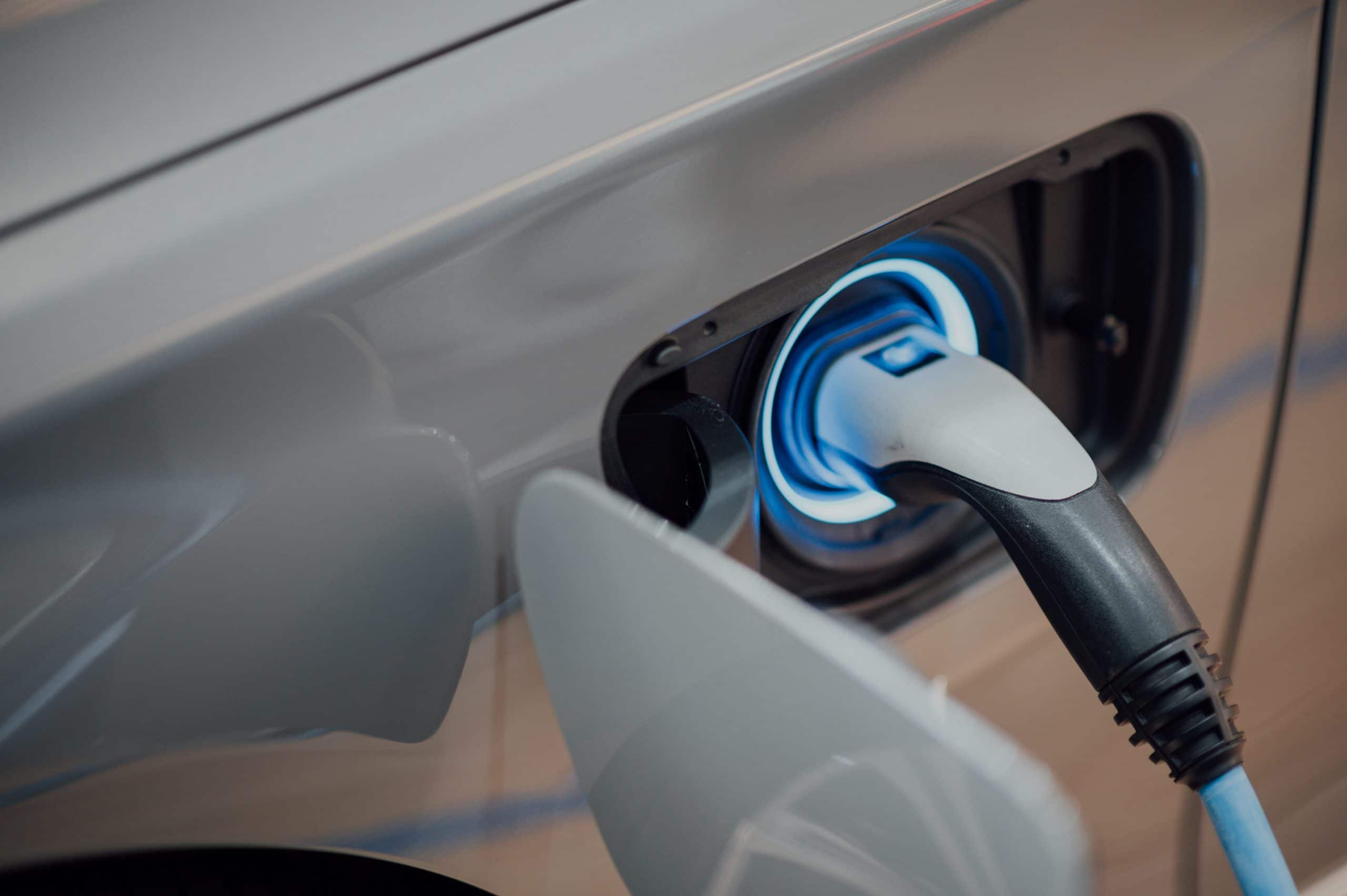Summary
A microgrid is a self-contained energy system that can disconnect entirely from the main electricity grid. This allows it to operate autonomously without facing the disruptions that affect the larger energy systems when we have outages. Microgrids can be powered by a variety of modern energy sources and can be more cost-effective, reliable, and resilient than relying on the local energy grid. Microgrids are often used in smaller communities or industrial production facilities, where a limited number of customers and buildings are powered by localized energy generation.
Key Takeaways
- Microgrids are self-contained energy systems that disconnect from the larger power grid
- They can be powered by a variety of sources, ranging from distributed energy resources to batteries
- Microgrids are often used in small communities or industrial sites to power local operations
Microgrids, how do they work?
Microgrids are autonomously operating energy systems that maintain control of a power supply in a specified geographic area. These areas are sometimes industrial production sites such as large manufacturing plants or small local communities. They are used to ensure a reliable supply of electricity in a region where volatility and issues are occurring outside of the microgrid.
Microgrids can be powered by a wide range of sources that might normally power parts of a wider energy system. These are often renewable generation sources such as solar panels, wind power, geothermal and nowadays, energy storage devices, and even electric vehicles which can inject energy from their batteries into the grid, among other sources of power. Large, centralized energy sources lose a significant amount of power during transmission; they also allow for a larger conservation of power and efficiency of energy usage from a closer source of generation.
As part of the larger energy system, microgrids have the ability to integrate themselves into the wider grid, as well as function autonomously. This allows for a connection when it’s beneficial to the grid, but also a disconnect when the main grid isn’t functioning optimally. This last point is particularly relevant during weather events and emergencies that affect the grid.
Having a microgrid in your local community might benefit you significantly. By having a local power source that is independent of the wider grid, major outages on the grid are unlikely to affect your local geographic area. Furthermore, they can help lower your costs because of the efficient power transfer from local sources.
Further Reading
Awesense authors are committed to sourcing information from reliable sources. These include primary sources, white papers, and government websites among others, when available. If you have any questions regarding the information on this page, please contact marketing@awesense.com.com




